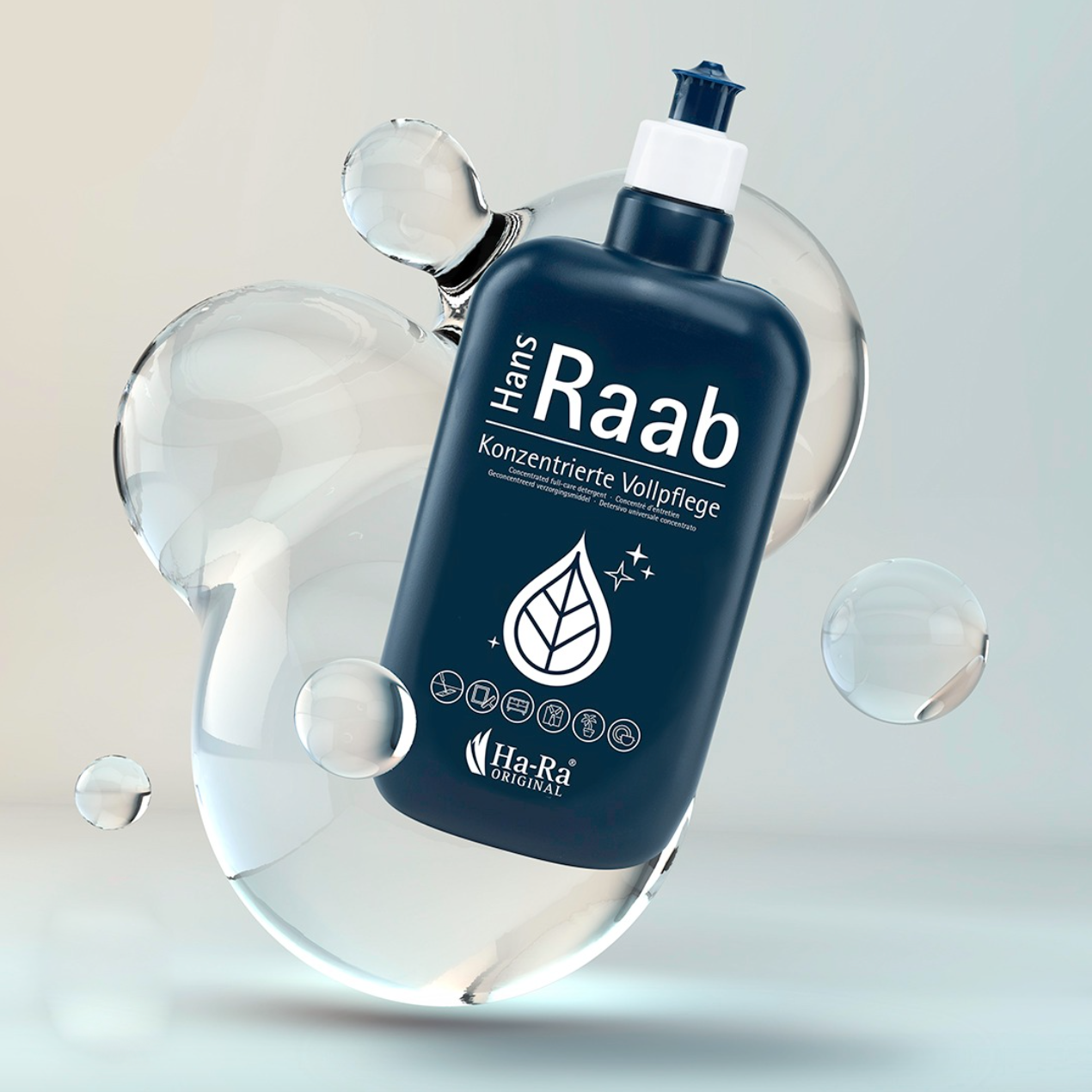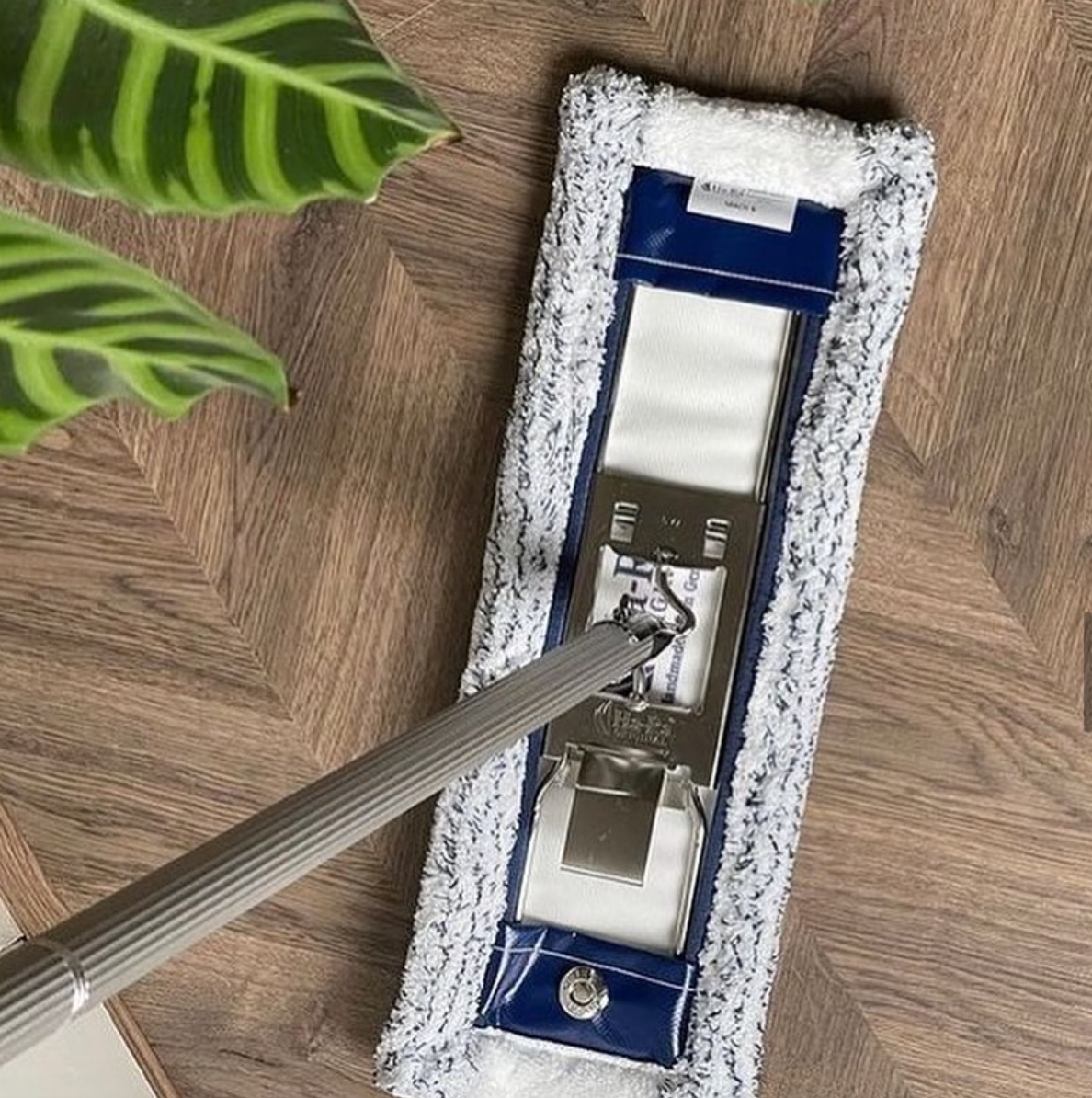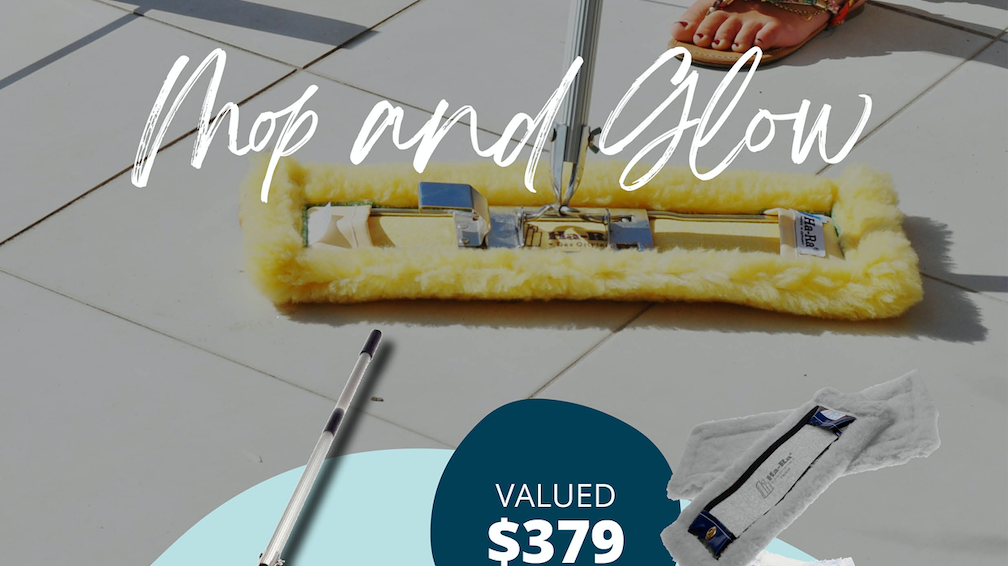How does one define mechanical cleaning?
If you use a microfiber cloth, there's no detergent involved whatsoever, so how is the dirt removed? Instead of detergent, we rely on millions more fibers (shown here as blue lines) that can sweep dirt away. The fibers are made of plastic and many of them attach themselves to each dirt speck with van van der Waals forces. Working as a team, many fibers apply powerful enough forces to dislodge the dirt (loosened with a small amount of water) and carry it away, leaving the surface naturally dirt-free. This is new-fangled cleaning with physics using nothing but the adhesive power of forces—cleaning mechanically and without chemicals. The dirt stays locked inside the cloth's fibers until you wash it in hot water, which makes the fibers uncurl slightly and release their dirty content.
How are microfiber cloths made?
Look on the packet that your cloth comes in and you'll probably find it says the ingredients are 50 percent polyester and 50 percent polyamide (another name for nylon). In other words, you have a mixture of two plastics. The cloth is made by forcing the plastics through a tiny pipe and heating them so they weave together. These fused fibers are then split apart into microfibers 10–20 times smaller.
Cloths describes as "microfiber" can vary widely in the size of the fibers they use and therefore in their cleaning effectiveness. In the best cloths, the fibers are 10–50 times thinner than a human hair—so each one is only about 3–5 micrometers (three to five microns) in diameter and about 50 times lighter than the fiber in a pair of stockings (0.3 denier compared to typical 15-denier nylon). That's smaller than pollen grains (5–10 microns) or red blood cells (10–30 microns), roughly the same size as "typical" bacteria (1–5 microns is a good rule of thumb), but still bigger than most viruses (which tend to be smaller than 0.5 microns). Since microfibers can't effectively remove anything bigger than they are, it would be accurate to describe the best cloths as "antibacterial" or "antimicrobial," but "antiviral" would be a more dubious claim. (One important side-note: microfiber clothes are still very definitely an example of microtechnology, not nanotechnology, because micron-sized fibers are 1000 nanometers wide.)
WHAT'S THE BEST WAY TO USE MICROFIBER CLOTHS?
You'll need to experiment! The first time you use one, force of habit will probably make you soak it with water and add loads of soap as well—both of which will reduce the cloth's effectiveness. I find the best way to use these cloths is with as little water as possible. If you're cleaning very dirty windows, for example, use a standard cloth and soapy water to wash all the dirt off first. Then rinse them thoroughly with clean water and use a rubber squeegee to get them almost dry, and let them dry in the air for just a little longer. At this point, with hardly any water remaining on the glass, polish over with your microfiber cloth—and you'll be amazed at the smear-free, sparkling finish. If your windows aren't too dirty to start with, simply use the microfiber cloth by itself with a little water. You can use microfiber cloths to clean virtually any hard surface. Try them on your bathroom or kitchen surfaces and you'll be amazed at the results. (Sorry to sound like a bad TV advertisement, but these things really are good!) You'll literally hear things getting squeaky clean and shiny.
IF MICROFIBER CLOTHS ARE SO GOOD, WHY AREN'T THEY MORE POPULAR?
Microfiber cloths are much more widely known and used in Europe than in the United States. Why? The household chemicals market is worth tens of billions of dollars to big chemical companies and the stores that sell them; they have little or no incentive to get behind a simple technology that undermines their costly products. Companies like this have spent a fortune on advertising for several decades, happily convincing most of us that we need to blast our homes with industrial-strength cleaners in a never-ending war on germs. Is it any wonder, then, that we're skeptical of "magic" microfiber cloths that promise to get our homes hygienically clean with nothing but water?
If you're still doubtful, try one of these cloths for yourself. And remember that what's cleaning your home isn't magic—it's science!







